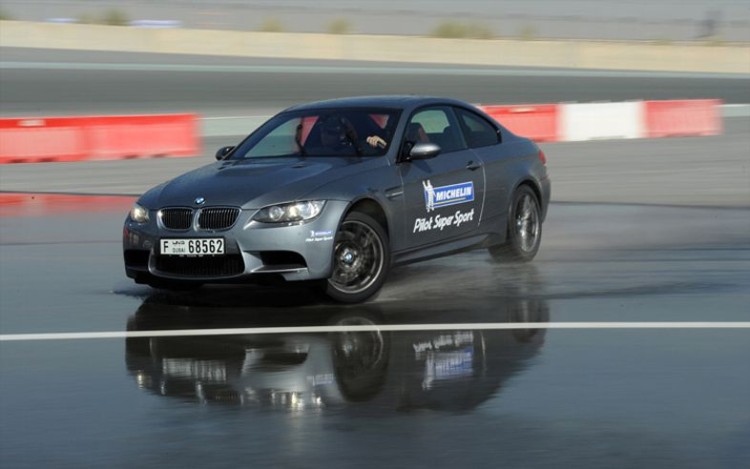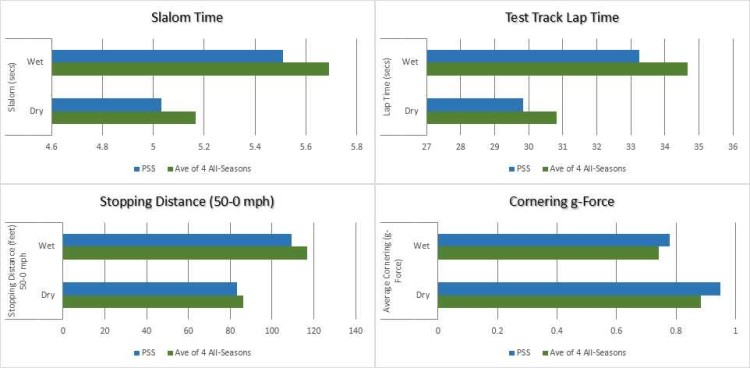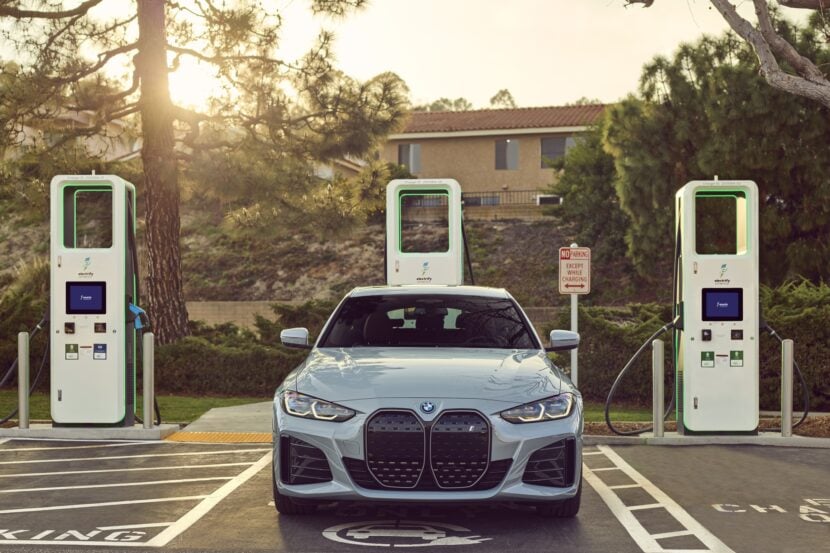I love when Fall arrives as it is my favorite season! The air is crisp and not as hot, the days aren’t that short yet, and I don’t have any issues with my pollen allergies. And since Fall can bring some drastic changes in weather conditions, let’s discuss all-season tires. First off, what are the four seasons? We all learned this in elementary school: Winter, Spring, Summer, and Fall. And the thing to notice here is that RAIN is not a season, the major difference in the seasons is the rise and fall of the average temperature.
So what makes a tire all-season?
An all-season tire is a ‘jack of all trades, master of none’, designed to work in a large temperature range that contains conditions such as snow and ice, rain, and even warm dry days. On the other hand a summer tire is designed to perform best above about 40 degrees. Even in San Diego where the average LOW temperature barely dips below 50 for December and January, you will still see quite a few people on all-season tires. The reason for this is that they think all-seasons work better in the rain than a summer tire, but recall “rain is not a season”, it is a condition.
New performance summer tires like the Michelin Pilot Super Sport (PSS) use multiple compounds of rubber to provide the best traction in multiple conditions.
The PSS has a bi-compound tread that delivers excellent dry traction using a Le Mans-inspired compound on the outer shoulder and the latest generation of wet-oriented elastomers on the inner portion of the tread.
As shown in many comparison tests, this combination provides amazing grip in dry weather and great grip in wet weather. I have been lucky enough to be involved in a comparison test between the Michelin Pilot Sport A/S+ and the PSS on a small wet oval track with the ambient temperature at about 70 degrees. In identically prepped 335i’s at the BMW Performance Center in Spartanburg, SC, we raced around a watered-down track as fast as we could, and to most everyone’s surprise, the PSS was always the outright winner!
The Tire Rack does a plethora of tire testing, and has performed a test on ultra-high performance all-season tires and max performance summer tires in dry and wet conditions. On average, the summer tires out-performed the all-season tires in every test in both wet and dry conditions. You can see the results on the chart or the complete results at the links below:
Ultra-High Performance All-Season Tire Test Results: http://www.tirerack.com/tires/tests/testDisplay.jsp?ttid=165
Max Performance Summer Tire Test Results: http://www.tirerack.com/tires/tests/testDisplay.jsp?ttid=162
If you haven’t jumped to the conclusion already, here you go: If you live in an area where the average low temperature barely gets below 50 degrees, for maximum performance you’re better off staying with summer tires year round on your BMW. You will have similar to slightly better wet performance as an all-season, but with better dry performance!
Wet Driving Tips:
- Make sure your tires have the proper amount of tread beforehand.
- Turn off cruise control.
- Slow down before turning, and maintain a consistent speed throughout the turn.
- While turning, don’t make any sudden steering wheel movements.
- Only brake in a straight line before the turn, and do so gradually. Do not brake during the turn.
- Increase your following distance from other cars significantly.
- If hydroplaning, do not accelerate or brake suddenly. Keep your foot lightly on the gas and steer the car forwards until your tires regain traction.








































































